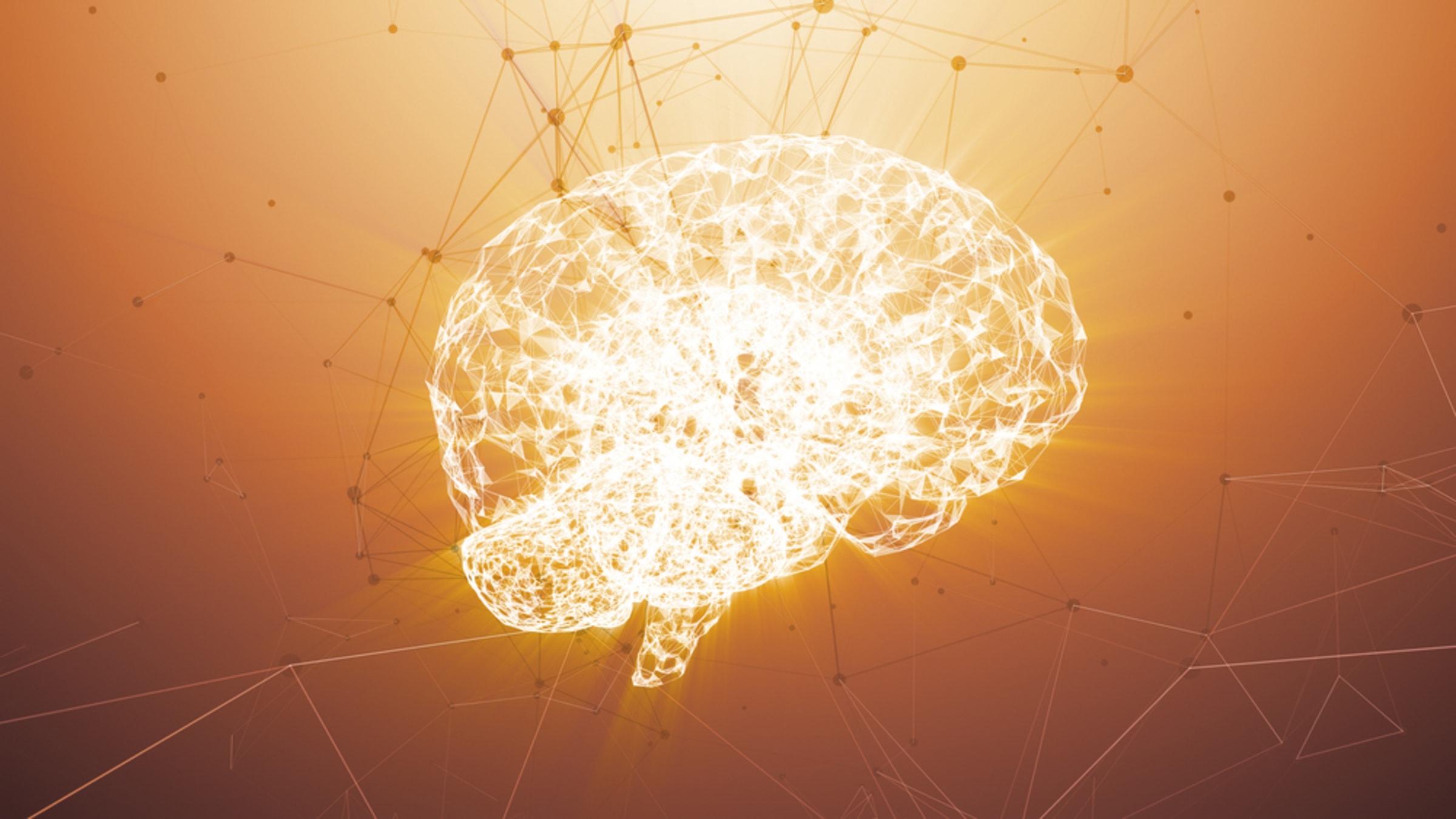Intuition is the process where the brain uses results from previous experiences, plus current environmental cues, to aid decision-making. You make a decision so quickly it almost seems unconscious. Or, perhaps more accurately, pre-conscious. It’s a decision you make before your conscious mind can think through the process.
If you are lucky, the rational conscious decision is the same as the one your intuition suggests. Yet, there is a downside to rational thought: it often leads us astray. Why? Because we have acquired bad programs, memories of mistakes, and negative environmental influences along the way. But, there are ways to strengthen the link between rational and intuitive decision-making.
Gut-brain axis
What exactly is your gut? Is it that coil of flesh at the end of your esophagus? Or, is it that microbiome of bacteria in the lower end of the gut-brain axis?
It’s both. The intestines house the microbiome. Evidence suggests that gut bacteria react to emotional situations. We all know the feeling of “butterflies in your tummy” or the “girding of your loins” during tense situations. These are just quick examples of how “unscientific” popular culture may be onto something.
“But that’s only part of it,” says Judith Orloff, MD, an assistant clinical professor of psychiatry at UCLA. In her book Guide to Intuitive Healing: Five Steps to Physical, Emotional, and Sexual Wellness, she states that “Just like the brain, there are neurotransmitters in the gut that can respond to environmental stimuli and emotions in the now – it’s not just about past experiences. These neurotransmitters send signals to the receptors in the brain as instantly as the brain’s own neurotransmitters. Your physical body then has a physical experience of these ‘feelings’.”
How we rationalize decision-making
Rational thought is the result of neurons firing, neurotransmitters flowing and interacting. To some extent, we can control the content and quality of these thoughts. It’s typically accepted that the locus of rational thought is physically present in the brain.
On the other hand, gut instinct is facetiously accepted as being located in the stomach, intestines, or somewhere in the lower half of the torso. New scientific discoveries of neurotransmitters like serotonin and dopamine in the intestines came as a surprise. But, when you consider that your physical gut is where many of our primal feelings like fear, sadness, and love are experienced, it begins to make sense. Your gut seems to have a brain of its own. Additionally, it seems to be able to “speak” intimately with the brain in your head.

Thinking, overthinking, and rethinking
It often seems the world around us is neatly compartmentalized. So, we rationalize that our careful consideration of a decision is better, therefore we feel more comfortable. But, when decision-making comes from what seems like an unknown source, it can be startling and confusing. Ever find yourself saying “Why did I decide that?!” only to find your decision was actually for the best?
Trusting your intuition over thought
There are ways to improve your confidence in your intuitive decision-making. Intuition over thought and rationality is something you can practice. As a result, you will become more in tune with your intuition and you will “trust” it more. Most importantly, the key is to create more and stronger connections between hemispheres. Greater synchronization between hemispheres can be created in any brain with a functional corpus callosum.
Take Albert Einstein. Considered a master of intuition, his brain had more connections between hemispheres than the average person’s. Consequently, this denser network could account for his ability to consider things rationally. But, he was also able to incorporate creativity and synchronicity. And, he believed in the power of intuition, claiming it led to his most famous discoveries.
Synctuition is the number one app to re-calibrate your intuition. Discover dozens of audio journeys especially crafted to help you relax and achieve a deep meditative state, perfect for awakening your inner voice. Each journey combines three-dimensional nature sounds and soothing melodies to stimulate and optimize your mind.






